You got a pet hamster and now you want to build some mazes or houses to ensure your furry friend has a fun time.
Good for you!
But you need to use hot glue for that task. You may wonder is hot glue safe for hamsters, can you use it or is there a better and safer alternative? Let’s find out what will work best for your beloved buddy.
IN THIS ARTICLE:
Why Use Hot Glue For Hamster’s Equipment?
When having a pet, you want them to feel relaxed, playful and have a lot of fun. Hamsters are sweet and small rodents that are very interesting to watch. They are great diggers and like to construct burrows with one or more entrances. Because of that, you want to build some houses, toys or tunnels for your little friend.
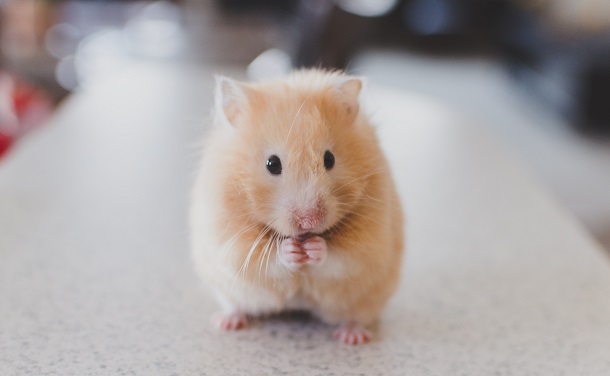

Many hamster owners prefer to use hot glue to build toys or repair hamster cages because it’s stronger than other glue types. Just by using hot glue and household items, you can create cheap toys for your hamster.
Hot glue is a very useful tool because you can make different things for your pet. That includes:
- You can repair their cage. Since hot glue is so strong, your pet will be safe in your cage when you’re away.
- Make a tunnel – Hamsters are natural diggers and love to run through tunnels and climb over them. For that task, you’ll need empty cardboard tubes, scissors and hot glue. Then you can easily create an intricate maze of tunnels.
- Hideaway spots – Similar to the previous idea, you’ll need scissors, hot glue and cardboard boxes. Create protective hideaway spots and design multiple chambers.
- Homemade ladder – Use clean popsicle sticks and put them together in ladder formation by using hot glue. Your hamster will use this ladder to access the top of his hideaway spot.
- Toy Wheels – If you are quite good at DIY projects, create hamster toy wheels.
Use the smallest amount of hot glue you possibly can. Also, when working with hot glue, put your hamster away – in the cage or another room. Hot glue is hot, as its name says, and your hamster can accidentally get burnt by it. Leave the glue to dry for about 24 hours, it doesn’t call hot without a good reason.
However, when shopping for hot glue try to find one that has a non-toxic and child-safe label.
How Safe Is Hot Glue For Hamsters?
This has become a long-term debate among pet owners and veterinarians. And the truth is – usually the glue is fume-free so it itself isn’t toxic but it may be if it gets consumed. It depends on the type of glue. Let’s make it clear.
As we said, the hot glue doesn’t release harmful fumes so it’s relatively safe to be used around your hamster. Let see what happen if they consume it.
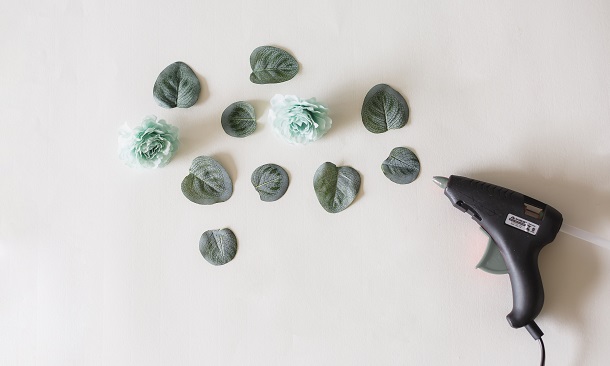

What Happens If a Hamster Eats Glue?
There are two glue types – water-based and plastic-based glue. It won’t be a problem if a hamster eats a little water-based glue. That kind of glue will dissolve in the hamster’s stomach and he’ll be just fine.
But if your lovely pet eats a large amount of plastic-based glue, that can cause a blockage in its stomach. Unfortunately, if a blockage occurs, the hamster can die pretty quickly. That’s the reason why is so important to make sure your hamster doesn’t have an access to the glue. If you can’t ensure that, use water-based glue.
Keep in mind that hot glue is a plastic-based product and if your hamster (or any other pet) consumes it, it can cause health problems. When using hot glue for your pet’s toys, cages or tunnels, make sure they can’t eat it.
What To Do If Notice Hamster Ate a Glue?
The first thing you should do is to immediately remove the glue from your pet. Then observe carefully your hamster behavior and look for signs of constipation and abdominal pain. If there are signs of these things, take your hamster to the veterinarian as quickly as possible.
Which Glue Is Safe For Hamsters?
As mentioned, water-based glue is safe for hamsters, as well as other types of adhesives. If you need some examples, then look for white glue like Elmer’s glue, or non-toxic glues like Eco Bond. They are pet-safe and children-safe products.


Often, you can see PVA glue on the market. This is polyvinyl acetate, a non-toxic glue type. If you can’t decide between hot glue and PVA glue, then choose the last one, it’s safe since it will dissolve if the hamster accidentally ate it. Of course, that doesn’t mean your hamster should eat any of these glues, remove the glue if notice that.
Which Glue Types Aren’t Safe For Hamsters?
Some glue types you should never use near your pet and their habitat. They can cause serious issues and death.
These are:
- super glue,
- epoxy glue and
- gorilla glue types.
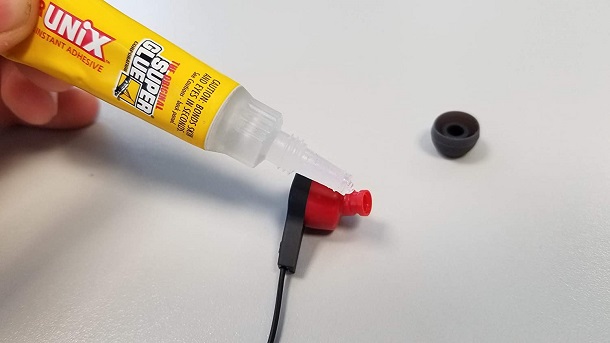

All of these three types of glue will cause serious stomach issues. For example, if your hamster eats gorilla glue, to only way to fix the situation is to do surgery. Super glue will cause vomiting, seal-up pet’s throat, eye irritation or even blindness. Epoxy glue can cause cancer.
Also, acrylic glue isn’t safe for hamsters, it contains many different chemicals which will irritate the hamster’s skin.
How To Make Glue Safe For Hamsters?
There is an alternative to hot glue. You can make your own glue and use it for hamsters’ toys, houses and tunnels. It isn’t strong as hot glue, but give it a try.
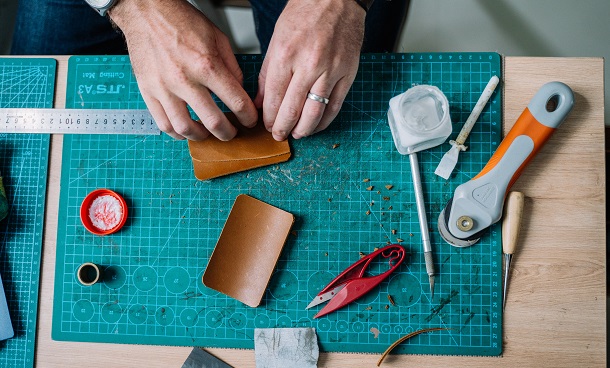

All you need is flour and water. If you want to make a weaker glue, then mix one teaspoon of flour and two teaspoons of water. For more stronger glue, use more flour than water, then heat it in a pan until it boils. Use it while the homemade glue is still hot. If your hammy eats this glue, you don’t have to worry, nothing gonna happen.
You can check this video with a similar recipe for hamster-safe glue.
To Sum Up
Now you know which glue types mustn’t be used near their habitat and how to make your own pet-safe glue. If you find this article informative, try some of our advice and keep your beloved hamster safe and sound.


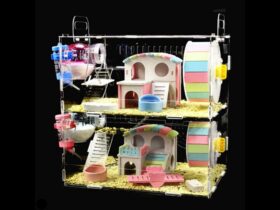

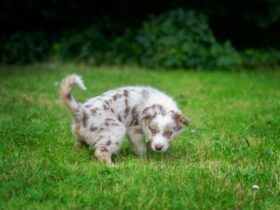







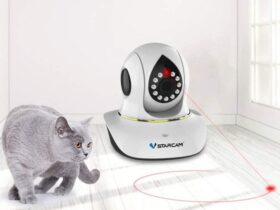

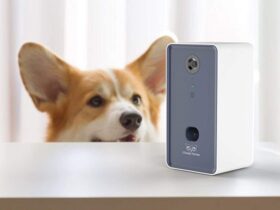

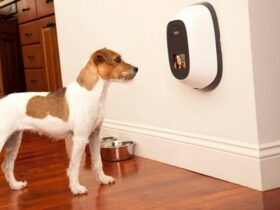

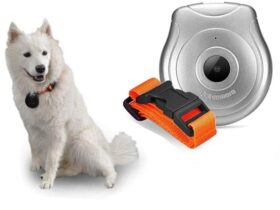
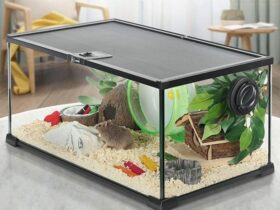
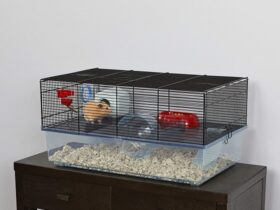
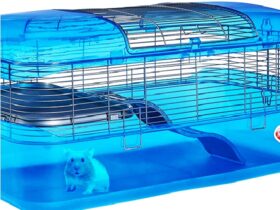
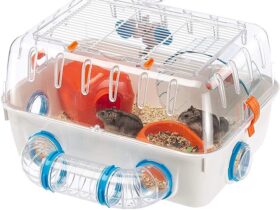
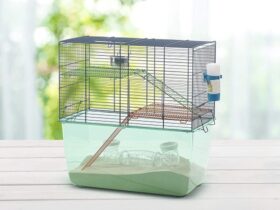
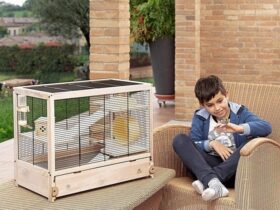
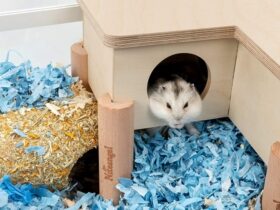
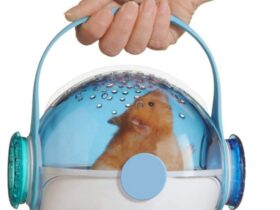
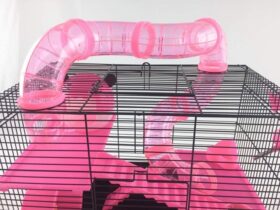
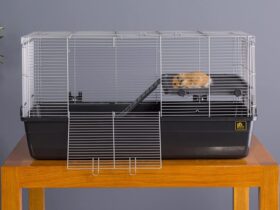
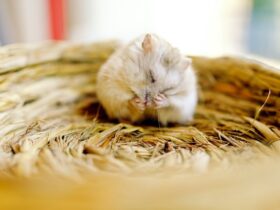
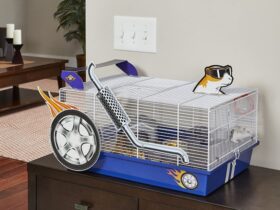
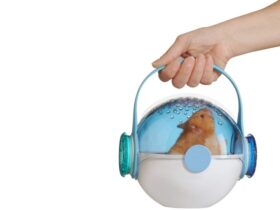
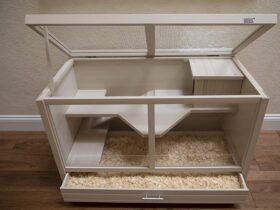
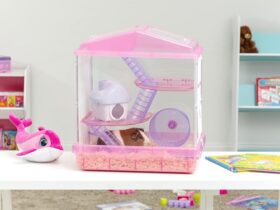
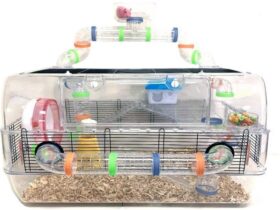
Leave a Reply